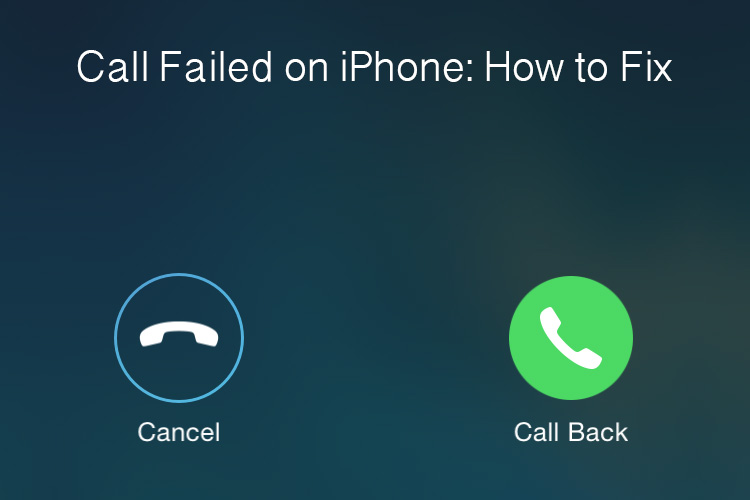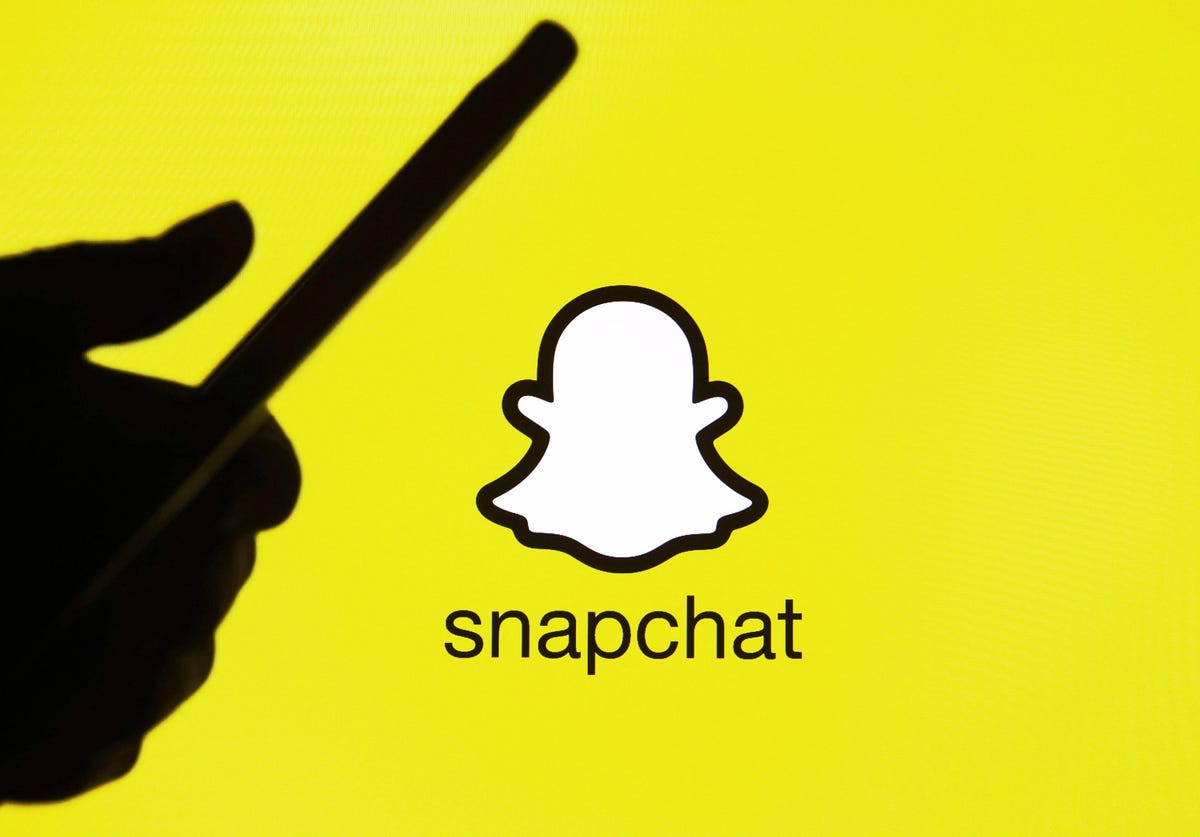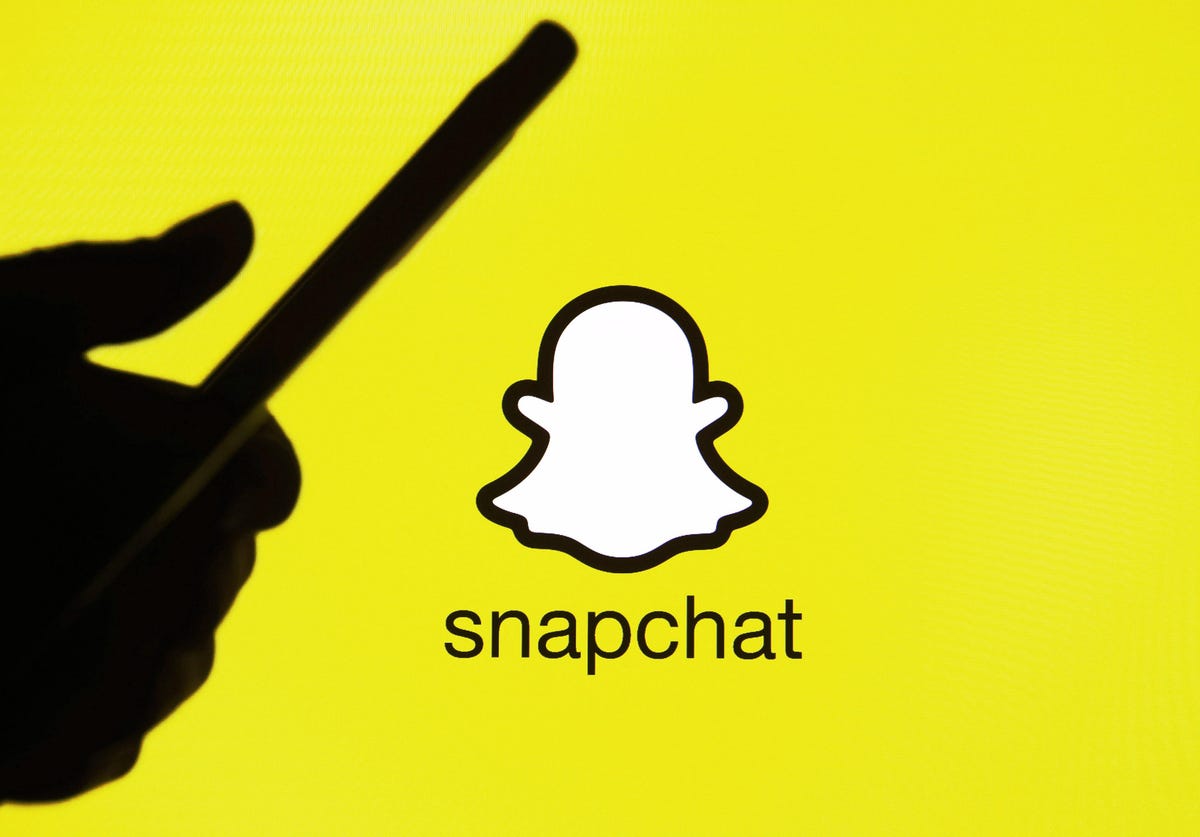As an iPhone user, you may have encountered the frustrating “Call Failed” message when trying to make or receive a call. This issue can be caused by various factors, including network problems, software glitches, or incorrect settings. In this comprehensive guide, we will explore 12 effective ways to fix the Call Failed error on your iPhone.
1. Update Your iOS Software
Keeping your iPhone’s software up to date is essential for optimal performance and to resolve any known bugs or issues. To check for software updates, follow these steps:
- Open the Settings app on your iPhone.
- Scroll down and select General.
- Tap on Software Update.
- If an update is available, follow the on-screen instructions to download and install it.
Updating your iOS software can often fix network-related problems and improve overall call performance.
2. Contact Your Carrier
If you continue to experience call failures, it’s worth contacting your cellular network provider to ensure there are no issues with your service. They can assist in troubleshooting network-related problems and provide specific guidance for your carrier.
Reach out to your carrier’s customer support and explain the Call Failed error you are encountering. They may be able to identify any network issues or provide specific settings to configure on your iPhone.
3. Reset Network Settings
Resetting your network settings can resolve any configuration issues that may be causing the Call Failed error. Here’s how you can reset your network settings:
- Open the Settings app on your iPhone.
- Tap on General.
- Scroll down and select Transfer or Reset iPhone.
- Choose Reset Network Settings.
- Confirm your decision and enter any required passcodes.
Please note that resetting your network settings will remove saved Wi-Fi passwords, so you’ll need to re-enter them after the reset. This process can often fix network-related problems and restore proper functionality to your iPhone.
4. Toggle Airplane Mode
Enabling and disabling Airplane Mode can help refresh your iPhone’s network connection and resolve temporary network glitches. Follow these steps to toggle Airplane Mode:
- Swipe down from the top-right corner of your iPhone’s screen to open the Control Center.
- Tap on the Airplane mode icon to enable it.
- Wait for a few seconds and then tap the Airplane mode icon again to disable it.
This simple action can sometimes resolve network-related issues and allow you to make successful calls.
5. Check Focus Mode and Do Not Disturb
The Focus Mode and Do Not Disturb features on your iPhone can interfere with call functionality. If these modes are enabled, you may not receive incoming calls or experience call failures. To disable Focus Mode and Do Not Disturb, follow these steps:
- Open the Settings app on your iPhone.
- Tap on Focus.
- In the Focus Status section, turn off the toggle for Share Focus Status.
- Additionally, you can turn off the toggle for Do Not Disturb on the same screen.
Disabling these modes ensures that you receive calls without any interruptions.
6. Relaunch the Phone App
Sometimes, the Phone app itself may encounter temporary glitches that can cause call failures. Force-stopping the app and relaunching it can resolve these issues. Here’s how you can do it:
- Swipe up from the bottom of your iPhone’s screen and hold to open the Background Apps screen.
- Scroll and locate the Phone app.
- Swipe up on the Phone app window to force-stop it.
- Open the Phone app again.
Relaunching the Phone app can refresh its functionality and potentially resolve call failures.
7. Check Cellular Connection
Issues with your mobile data connection can also result in call failures. In such cases, it’s important to check your cellular network settings. Follow these steps to ensure they are properly configured:
- Open the Settings app on your iPhone.
- Tap on Mobile Service.
- Verify that the relevant cellular connection settings are correct.
If you notice any discrepancies or incorrect settings, make the necessary adjustments to ensure a stable cellular connection.
8. Disable Wi-Fi Calling
While Wi-Fi calling can be a convenient feature, poor Wi-Fi connections can sometimes cause call failures. Disabling Wi-Fi calling can help resolve this issue. Here’s how to disable Wi-Fi calling on your iPhone:
- Open the Settings app on your iPhone.
- Tap on Phone.
- Locate the Wi-Fi Calling option and turn off the toggle for Wi-Fi Calling on This iPhone.
Disabling Wi-Fi calling forces your iPhone to rely solely on cellular network connections, which can resolve call failure issues associated with Wi-Fi.
9. Update Carrier Settings
Carrier settings updates are released periodically to improve network connectivity and call reliability. Updating your carrier settings can help resolve various issues, including call failures. To check for carrier updates, follow these steps:
- Open the Settings app on your iPhone.
- Tap on General, then select About.
- If an update is available, follow the on-screen instructions to update your carrier settings.
Updating your carrier settings ensures that your iPhone is using the latest configuration for optimal call performance.
10. Network Selection
If you are traveling or experiencing roaming issues, manually selecting your network instead of relying on automatic selection can help resolve call failures. Follow these steps to manually select your network:
- Open the Settings app on your iPhone.
- Tap on Mobile Service.
- Go to Network Selection.
- Turn off the toggle for Automatic and select the appropriate carrier service from the list of available options.
Manually selecting your network ensures a stable connection, especially when roaming or in areas with multiple available networks.
11. SIM Checks and Network Mode
If you continue to experience call failures, it’s important to check your SIM card and network mode settings. Here’s how you can do it:
- Open the Settings app on your iPhone.
- Tap on Mobile Service.
- Check the SIM card information to ensure it is properly inserted and functioning.
- To edit the Network Mode, go to Mobile Data Options and choose the appropriate data settings.
Verifying your SIM card and network mode settings can help identify any hardware or configuration issues that may be causing call failures.
12. Perform a Factory Reset
If all else fails, performing a factory reset can help resolve persistent call failures. However, please note that this process will erase all data on your iPhone, so it’s crucial to backup your device beforehand. Here’s how you can perform a factory reset:
- Open the Settings app on your iPhone.
- Go to General.
- Scroll down and select Transfer or Reset iPhone.
- Choose Erase All Content and Settings.
- Enter your iPhone password and confirm your decision.
Performing a factory reset restores your iPhone to its default settings and can eliminate any lingering software issues causing call failures. Remember to restore your data from the backup after the reset.
Conclusion
Experiencing call failures on your iPhone can be frustrating, but with these 12 effective solutions, you can resolve the issue and enjoy uninterrupted calling. Start with the simplest solutions, such as updating your iOS software and checking network settings, before moving on to more advanced troubleshooting methods like resetting network settings or performing a factory reset. Remember to reach out to your carrier or Apple Support if you need further assistance. By following these steps, you can ensure that your iPhone’s calling functionality is restored and enjoy seamless communication.
Experiencing difficulties with your Device, check out our “How To” page on how to resolve some of these issue







